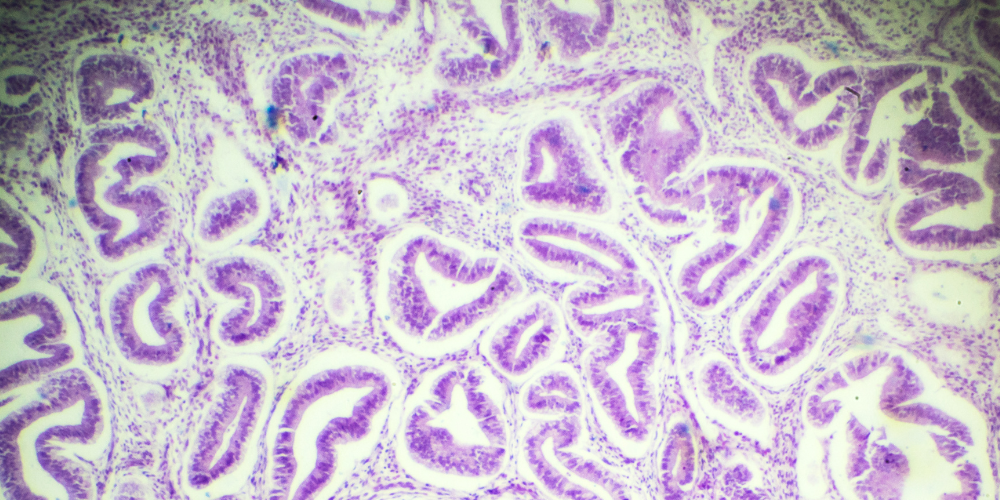Understanding the Differences Between Adenomyosis and Endometriosis
Adenomyosis and endometriosis are two gynaecological conditions that significantly affect women’s reproductive health. Though they share overlapping symptoms, these conditions are distinct in their causes, progression, and treatment. Understanding their differences can help patients seek more accurate diagnoses and appropriate care.
What is Adenomyosis?
Adenomyosis is a condition in which the tissue that normally lines the uterus—known as the endometrium—grows into the muscular wall of the uterus. This abnormal growth often causes the uterus to become enlarged. Women affected by adenomyosis may experience heavier, longer periods accompanied by intense menstrual cramps. There may also be a persistent feeling of pelvic pressure or discomfort. Adenomyosis is typically diagnosed in women aged between 35 and 50 and can be confirmed using imaging techniques such as ultrasound or MRI.
Can Hysterectomy Cure Endometriosis?
Endometriosis, on the other hand, is characterised by the growth of endometrial-like tissue outside the uterus. This tissue can be found on the ovaries, fallopian tubes, and the lining of the pelvic cavity. Unlike adenomyosis, endometriosis does not cause the uterus to enlarge. Instead, it often leads to chronic pelvic pain, painful sexual intercourse, and complications such as infertility. In some cases, it can also cause pain during bowel movements or urination, particularly during menstruation. For more information, visit our dedicated Endometriosis Care page.
Key Differences Between Adenomyosis and Endometriosis
While both conditions involve the presence of endometrial tissue where it shouldn’t be, the key difference lies in location. Adenomyosis occurs within the uterine muscle wall, whereas endometriosis involves tissue outside the uterus altogether. This distinction influences how each condition presents and how it is treated.
Women with adenomyosis often report an enlarged uterus and intense menstrual flow, but less frequently experience fertility problems. Endometriosis, however, is more commonly linked to infertility and pain that extends beyond menstruation. Diagnosing endometriosis may require laparoscopic surgery, while adenomyosis is typically identified through advanced imaging.
Treatment approaches vary as well. Adenomyosis can often be managed with anti-inflammatory medications, hormonal treatments, or in more advanced cases, hysterectomy. Endometriosis treatment usually focuses on pain management and preserving fertility, and may include hormonal therapy or laparoscopic removal of endometrial tissue.
Key Differences Between Adenomyosis and Endometriosis
If you’re struggling with symptoms such as heavy bleeding, severe period pain, or pelvic discomfort, seeking professional assessment is essential. At Chelsea Well Woman, we provide expert care in a supportive and discreet environment. Our comprehensive women’s health services include consultations, advanced ultrasound scans, and personalised treatment plans for conditions like adenomyosis and endometriosis.
Don’t ignore signs that something might be wrong. If you’re concerned about your symptoms, contact our clinic to book an appointment with a specialist who understands your needs.






